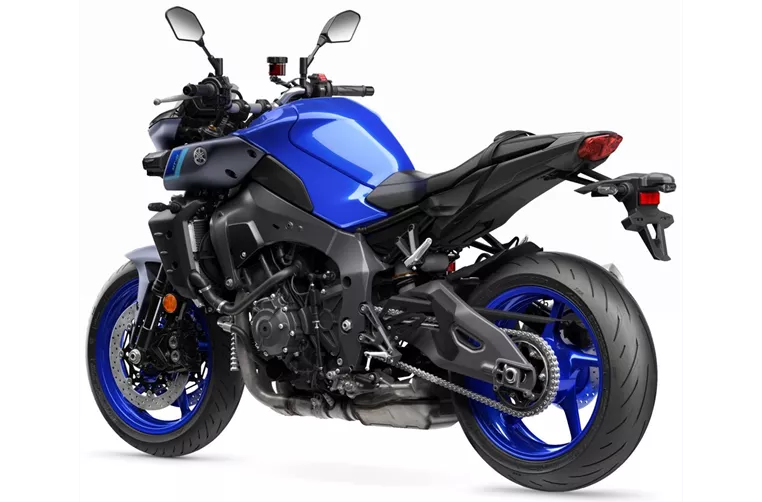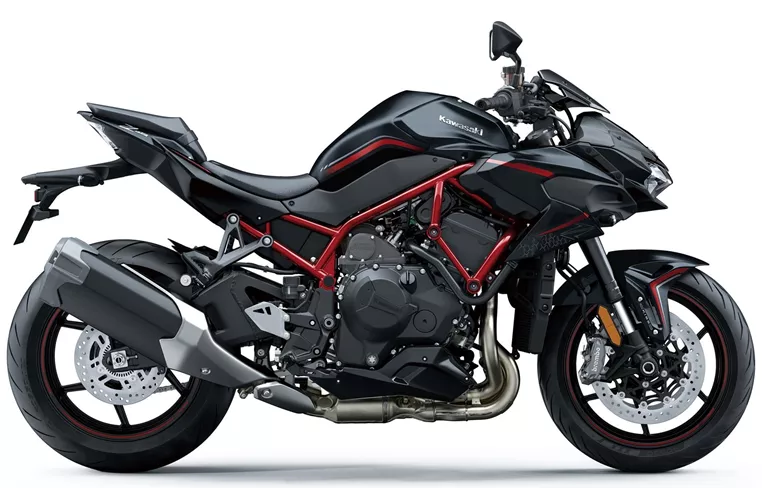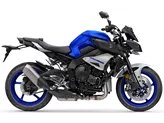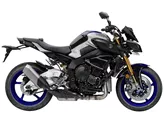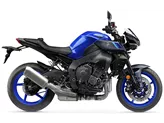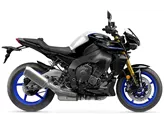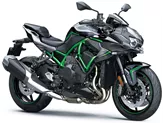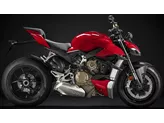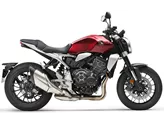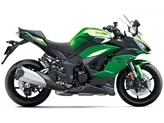Yamaha MT-10 2022 vs. Kawasaki Z H2 2020
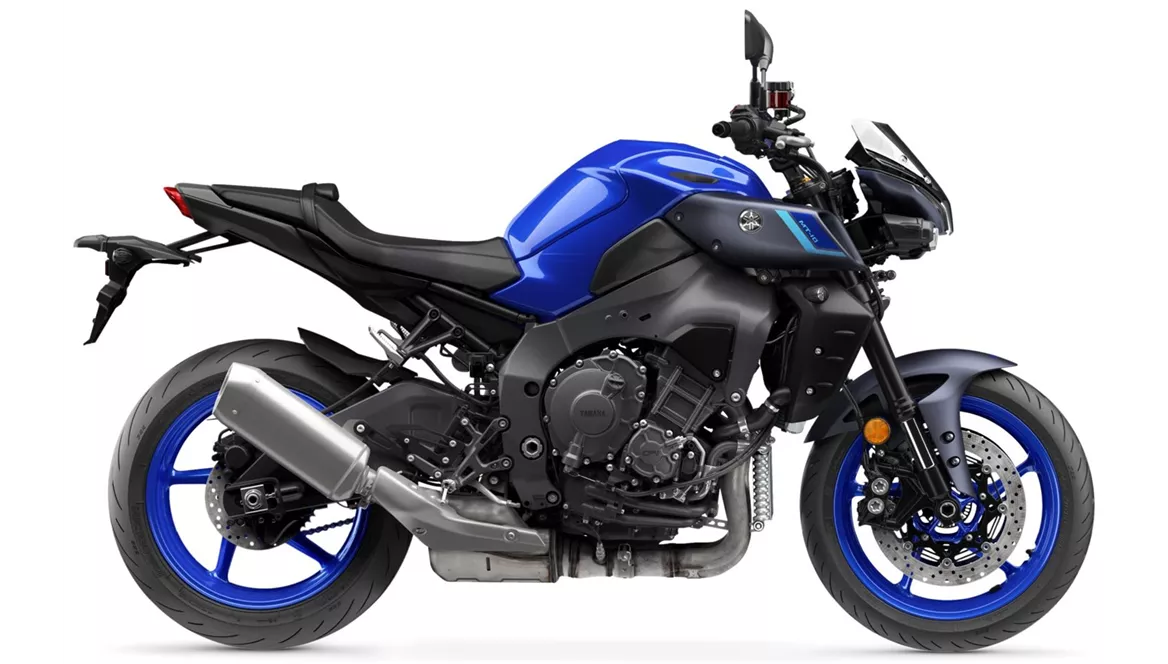
Yamaha MT-10 2022
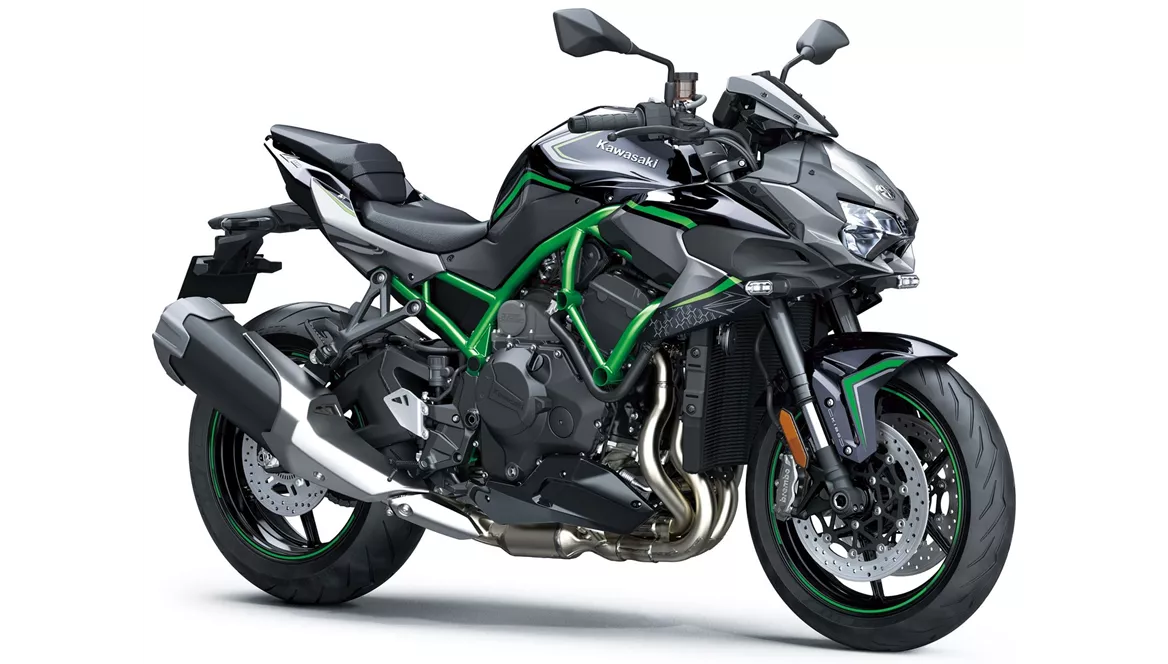
Kawasaki Z H2 2020
Overview - Yamaha MT-10 2022 vs Kawasaki Z H2 2020
When comparing the Yamaha MT-10 2022 and the Kawasaki Z H2 2020, it is clear that both bikes have their own unique strengths and weaknesses.
Starting with the Yamaha MT-10 2022, it boasts a lovely CP4 engine that delivers 166 HP of power and 112 Nm of torque. The bike's engine is an inline four-cylinder with a displacement of 998cc. The MT-10 also features a fuel injection system and liquid cooling. The bike's suspension is handled by a Kayaba upside-down telescopic fork at the front and a Kayaba monoshock at the rear, both of which offer adjustment options for compression, preload, and rebound. The frame of the MT-10 is made of aluminum and has a Deltabox design. The brakes on the front consist of double discs with a diameter of 320mm and four-piston Brembo calipers. The bike is equipped with advanced rider assistance systems such as ABS, riding modes, cornering ABS, ride by wire, shift assistant with blipper, cruise control, traction control, and anti-wheelie. The Yamaha MT-10 has a wheelbase of 1405mm, a seat height of 835mm, and a curb weight of 212kg (with ABS). Other notable features include LED headlights and a TFT display.
On the other hand, the Kawasaki Z H2 2020 is powered by an inline four-cylinder engine that produces a whopping 200 HP of power and 137 Nm of torque. The engine has a displacement of 998cc and is also equipped with fuel injection and liquid cooling. The Z H2 features a Showa upside-down telescopic fork at the front and a Showa monoshock at the rear, both of which offer adjustment options for compression, preload, and rebound. The frame of the Z H2 is made of steel and has a tubular design. The front brakes consist of double discs with a diameter of 320mm and four-piston Brembo monoblock calipers. The bike is equipped with advanced rider assistance systems such as ABS, riding modes, cornering ABS, launch control, ride by wire, quickshifter, traction control, and anti-wheelie. The Kawasaki Z H2 has a wheelbase of 1455mm, a seat height of 830mm, and a curb weight of 239kg (with ABS). Additional features include LED daytime running lights, LED headlights, and a TFT display.
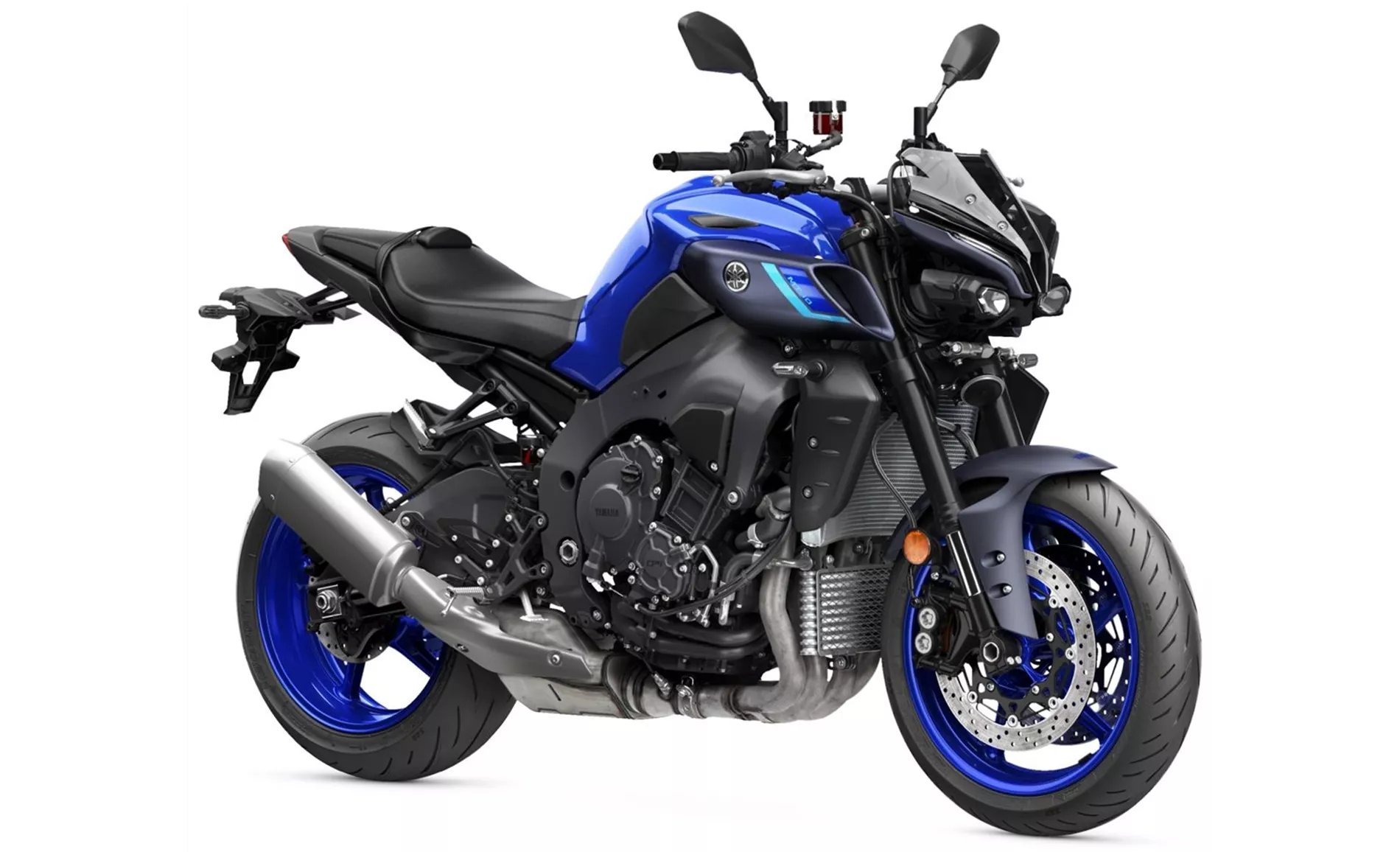
Yamaha MT-10 2022
In terms of strengths, the Yamaha MT-10 2022 stands out for its lovely CP4 engine, great electronics package, and distinctive look. The bike also offers a comfortable seating position and easy-to-read gauges. The MT-10's cornering ABS is another notable feature that enhances safety and handling.
On the other hand, the Kawasaki Z H2 2020 excels in its incomparable engine, delivering full power and easy-to-control performance. The bike offers a pleasant seating position and high riding comfort for a naked bike. Despite its extravagant drive, the Z H2 has stable and transparent handling, making it suitable for everyday riding. The bike also has a quiet but charismatic sound.
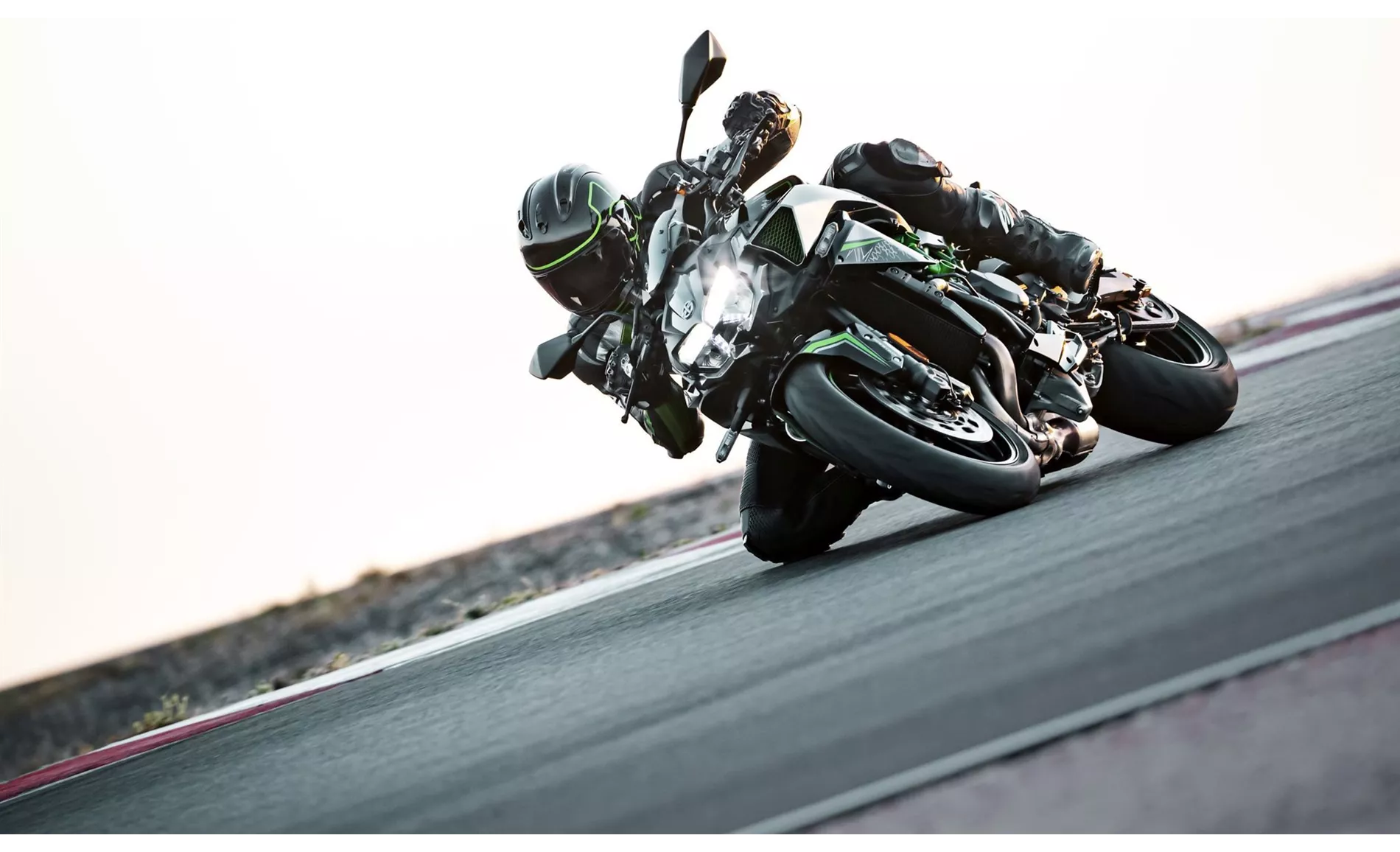
Kawasaki Z H2 2020
However, both bikes have their weaknesses. The Yamaha MT-10 2022 lacks an adjustable clutch lever and steel braided brake hoses. Additionally, some riders may find the display somewhat small.
The Kawasaki Z H2 2020, on the other hand, has a quickshifter that may have interventions that take too long. The suspension strut can become a bit spongy during sporty riding, and some riders may feel that the exclusive bike deserves exclusive components all around.
In conclusion, the Yamaha MT-10 2022 and the Kawasaki Z H2 2020 are both powerful and capable naked bikes with their own unique strengths and weaknesses. The choice between the two ultimately depends on the rider's preferences and priorities.
Technical Specifications Yamaha MT-10 2022 compared to Kawasaki Z H2 2020
Pros and Cons in comparison
Pros and Cons in comparison
Yamaha MT-10 2022
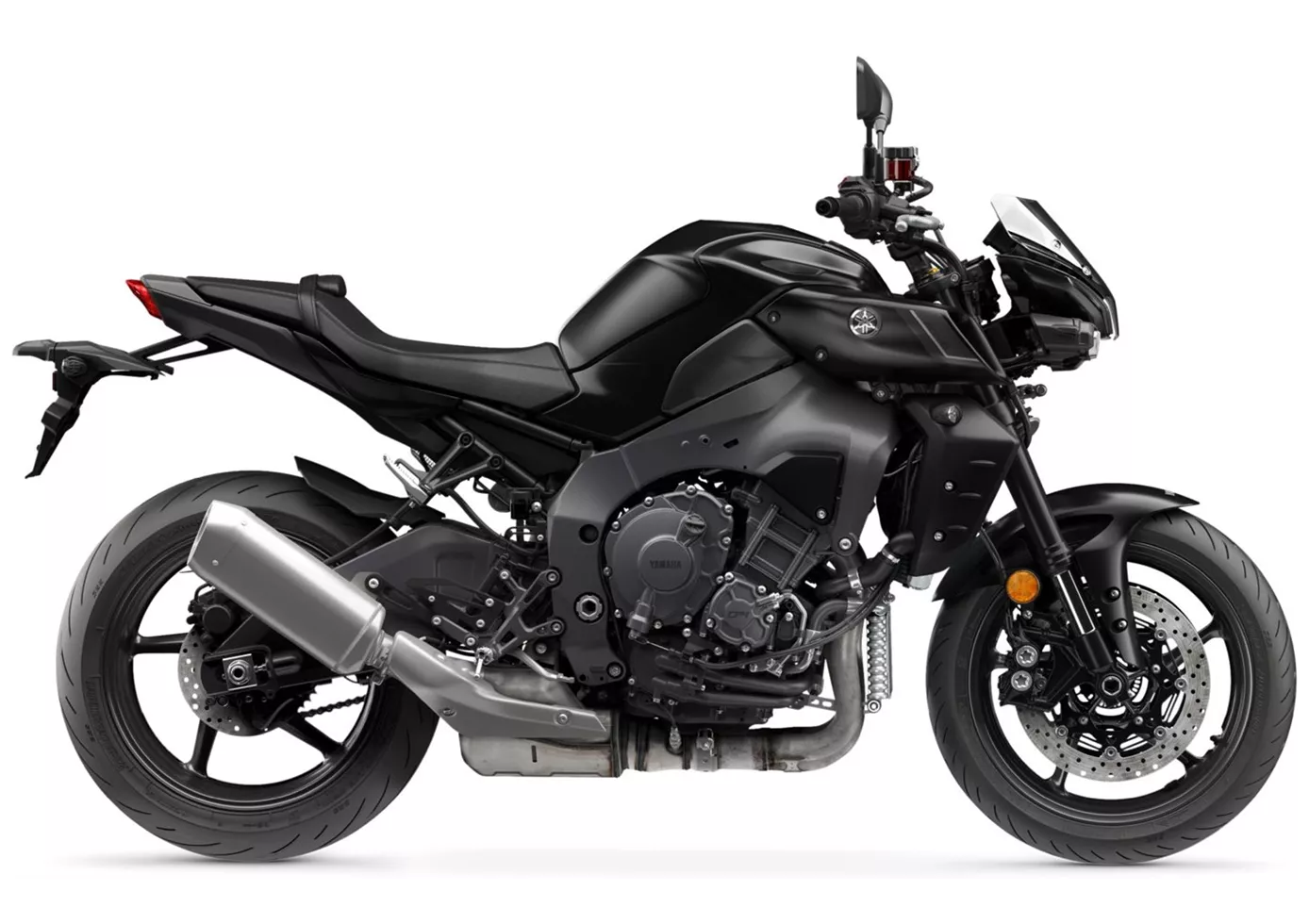
The new MT-10 is a really successful evolution of its predecessor, but remains completely true to its character. The new electronics package with a 6-axis IMU is a blast, all features are so well coordinated and work so well together that the rider is optimally supported by the electronics in every situation without being overbearingly patronised. The rest of the components in the chassis and brakes are completely in order and the Mad Max-Brachialo style look has been toned down a little in direct comparison to the predecessor, but still remains unique and clearly recognisable as an MT-10.
Kawasaki Z H2 2020
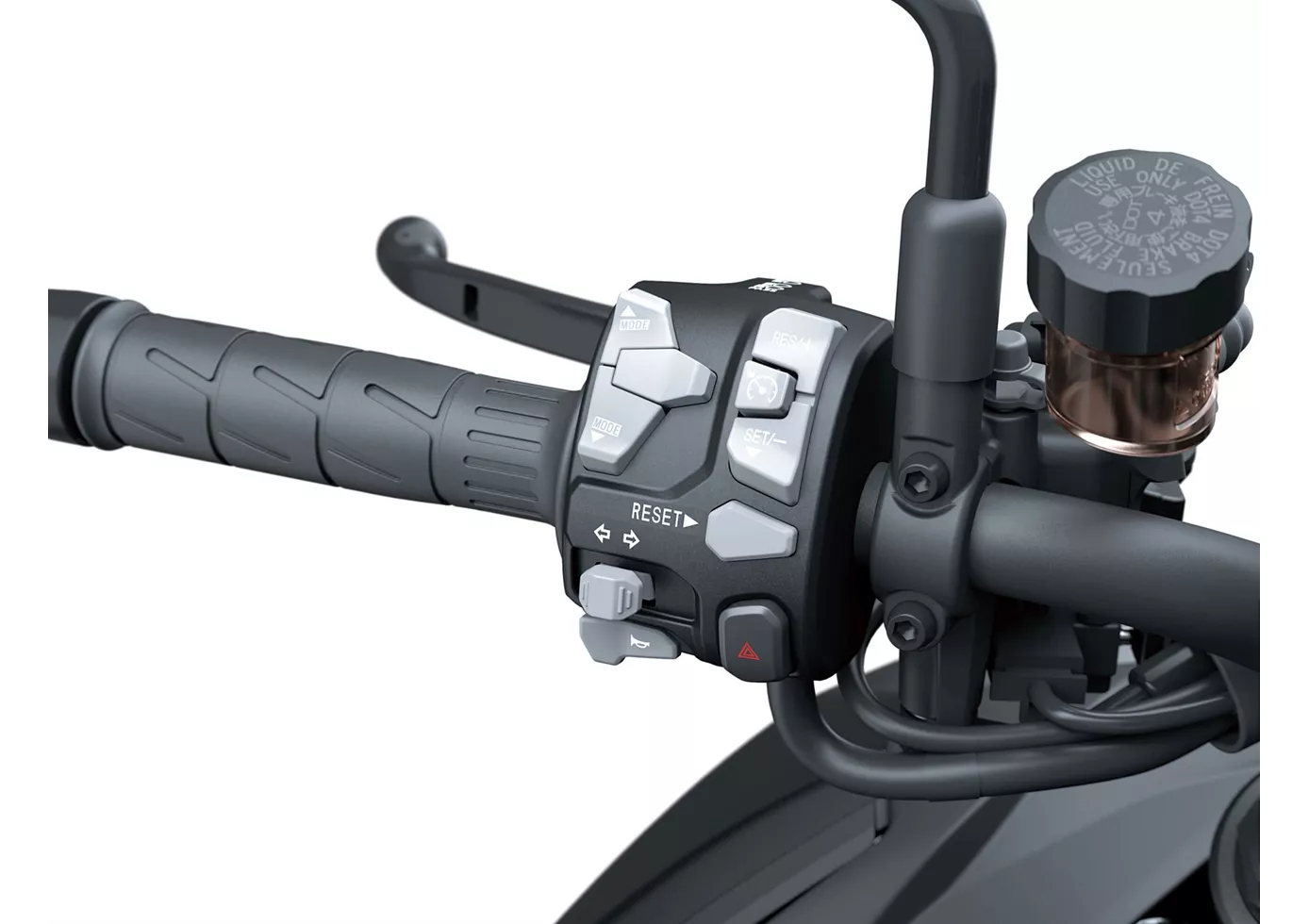
The fascinating power unit of the Kawasaki not only inspires as a motif for quartet cards or at the regulars' table. The engine is made for practical use. In the saddle of the bike, you can enjoy the thrust in every situation. Commands from the throttle are implemented directly, intensively but also controllably. However, the bike is not an athletic sportsman but a beefy naked bike. It always scores when sovereignty and power are required.
Price Comparison Avarage Market Price Yamaha MT-10 vs Kawasaki Z H2
There are a few key differences between a Yamaha MT-10 2022 and a Kawasaki Z H2 2020. In terms of price, the actual average prices of both motorbikes are almost the same. A Yamaha MT-10 2022 experiences a loss of 450 GBP in one year of ownership. This is offset by a loss of 640 GBP for a Kawasaki Z H2 2020. Compared to Kawasaki Z H2 2020 there are more Yamaha MT-10 2022 bikes available on the 1000PS.de Marketplace, specifically 76 compared to 10. It takes less time to sell a Kawasaki Z H2 with 148 days compared to 151 days for the Yamaha MT-10. Since model year 2016 1000PS.de editors have written 32 reviews for the Yamaha MT-10 and 14 reviews for the Kawasaki Z H2 since model year 2020. The first review for the Yamaha MT-10 was published on 17/11/2015 and now has more than 20,700 views. This compares to more than 82,500 views for the first review on Kawasaki Z H2 published on 10/10/2019.
